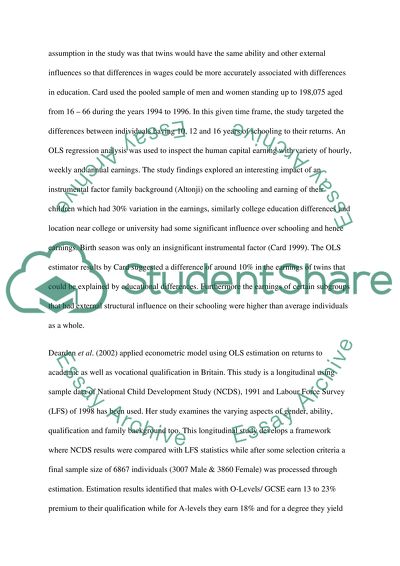Cite this document
(“Applied economics Essay Example | Topics and Well Written Essays - 1000 words”, n.d.)
Applied economics Essay Example | Topics and Well Written Essays - 1000 words. Retrieved from https://studentshare.org/macro-microeconomics/1623914-applied-economics
Applied economics Essay Example | Topics and Well Written Essays - 1000 words. Retrieved from https://studentshare.org/macro-microeconomics/1623914-applied-economics
(Applied Economics Essay Example | Topics and Well Written Essays - 1000 Words)
Applied Economics Essay Example | Topics and Well Written Essays - 1000 Words. https://studentshare.org/macro-microeconomics/1623914-applied-economics.
Applied Economics Essay Example | Topics and Well Written Essays - 1000 Words. https://studentshare.org/macro-microeconomics/1623914-applied-economics.
“Applied Economics Essay Example | Topics and Well Written Essays - 1000 Words”, n.d. https://studentshare.org/macro-microeconomics/1623914-applied-economics.


